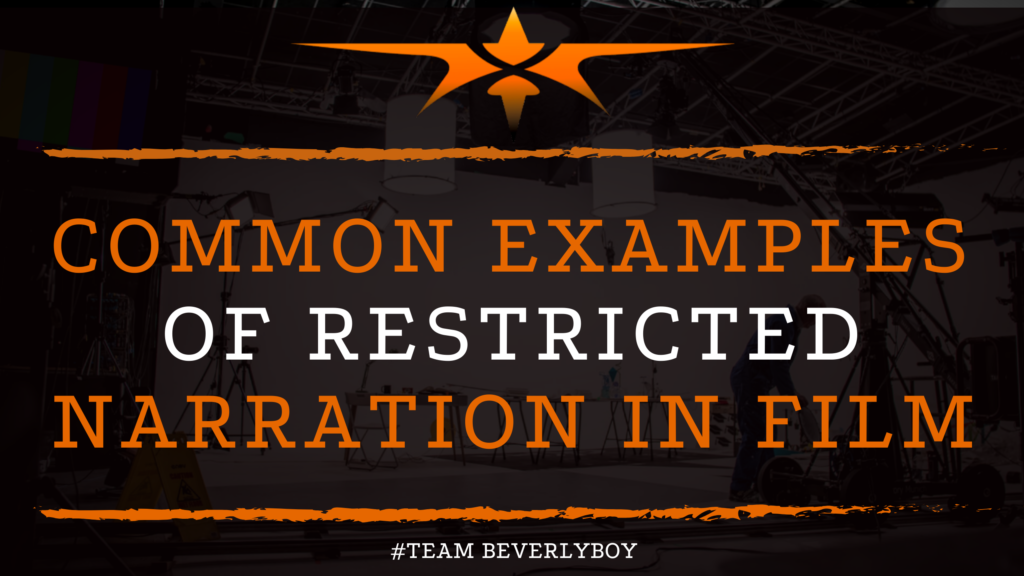Common Examples of Restricted Narration in Film
The use of both restricted and unrestricted narration in film is commonplace. Generally, the restricted narration is more widely used and represents a situation in which the audience knows only what the character that the film is narrated by knows, and sometimes the audience knows even less than this. Frequently seen through a variety of elements such as flashbacks or dreams. Which can pique curiosity and draw upon audience interest. Some of the most common examples of restricted narration in film are best delivered through the analysis of detective style films and thrillers.

Past Examples of Restricted Narration in Film
One of the most widely understood examples of restricted narration in film comes films that were produced many years ago.
In fact, we see the use of restricted narration in Out of the Past. A film that was produced in 1947.
Specifically when actor Robert Mitchum who played Jeff Bailey in the film represents the narrator delivering the film through his eyes.
In this film, the use of point-of-view shots and other camerawork imply that the story is being delivered through the character’s eyes.
The Big Sleep
Additional examples of restricted narration in film can be found in another film produced about 75 years or more ago, too.
The Big Sleep represents a narrative. One in which the story is delivered through the eyes of or point-of-view of a character.
Marlowe, played by Humphrey Bogart, is the character that is behind the storytelling for this particular film. Which follows the rules of restricted narration.
Recent Examples of Restricted Narration in Film
While examining common examples of restricted narration in film and cinema from recent times. One of the most common examples is The Shawshank Redemption which was produced in 1994.
This film used voice-over narration as well as flashbacks to deliver the gripping story for the audience through Red’s eyes.
Another film that tends to use a restricted narrative although not entirely, is Apocalypse Now. Which largely restricts the point of view of the story to the U.S. soldier Captain Willard.
This film delivers a unique perspective on the Vietnam War through the eyes of the soldier.
Although there are instances in which the restricted narrative lapses. And the audience might have a bit more information than your typical restricted narration would deliver.
The Takeaway
As you can see, there are a variety of examples of restricted narration in film from past and present.
These films use the point of view of a single character to deliver the story.
In such a way in which the audience knows only as much as, or perhaps less than, the character himself is willing to share.
Which creates a sense of suspense, curiosity, and interest.

